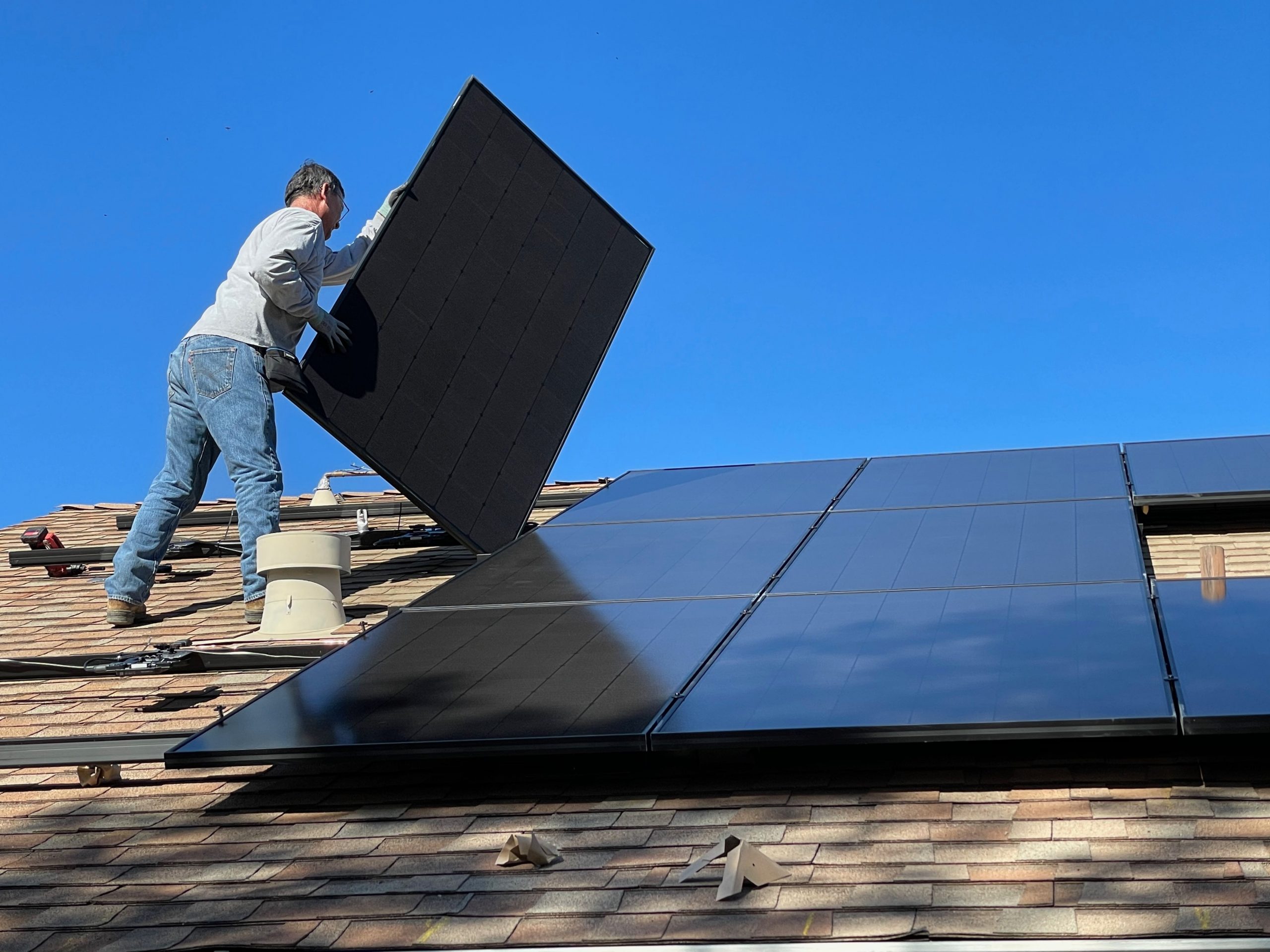
Most people know about the different components of solar photovoltaic systems, like solar panels, solar inverters, and mounting systems. But many of them do not have many details about how to set up and install the whole rooftop solar photovoltaic plant, especially the mounting system, to extent that they may have concerned about damaging their roof in case installing this mounting system on it.
Actually, there are many solar mounting systems that can be installed on your roof. The mounting system on your roof may be different from other installation systems installed on your neighbor’s roof because it depends on the shape and size of the roof, as well as the type and shape of the mounting system from different manufacturers and suppliers. A 5kw pure sine wave off-grid solar inverter is a good choice. There are two kinds of start modes: step-down voltage start and variable frequency. You can set start mode according to the type of load.
A solar mounting system can be directly installed on your house roof or include frameworks, but the almost direct mounting system is the most commonly used in the residential sector, especially when the roof is facing the south with +/-10% and have a good tilt angle to avoid high wind force impact and to harvest good radiation in winter where the sun is not high.
We assure you that a properly installed solar mounting system on your roof will not cause any damage. It spreads over the roof, so the total weight will spread over a large cross-section area. The common complaint from the solar mounting system is that it may take a little damage to roof tiles during installation, or it may have a not good quality fitting. This is really a concern, because it may lead to water ingress into the home and substantial damage due to weak fitting. Another problem may arise if there is no good cleanup done after aluminum rails cutting to size on the roof, or holes have been drilled on the roof to fit hooks. As these aluminum particles resulting from the cuts-off will go into the rain-water collection system, they also may lead to corrosion due to their presence on the metal roof.
These concerns will totally not exist if your solar system installer is proficient, aware of such matters, and knows well how to avoid them during the installation process. So, it’s a very important thing to check the experience and previous work history of your solar system installer before signing the contract with him.

